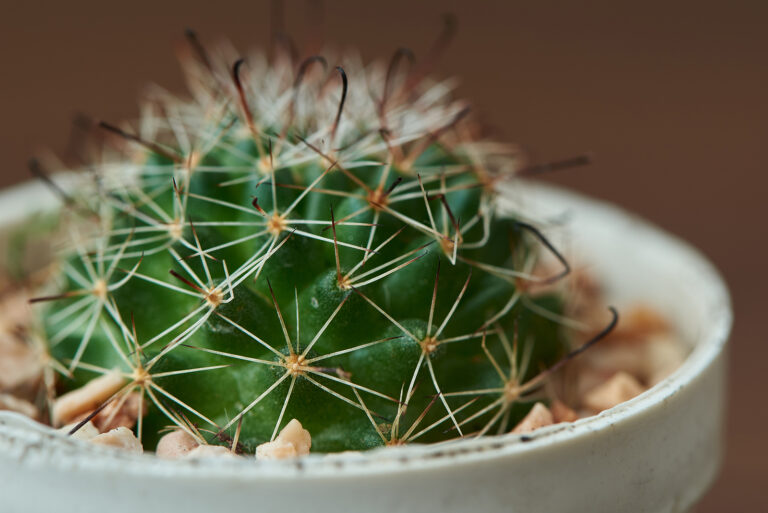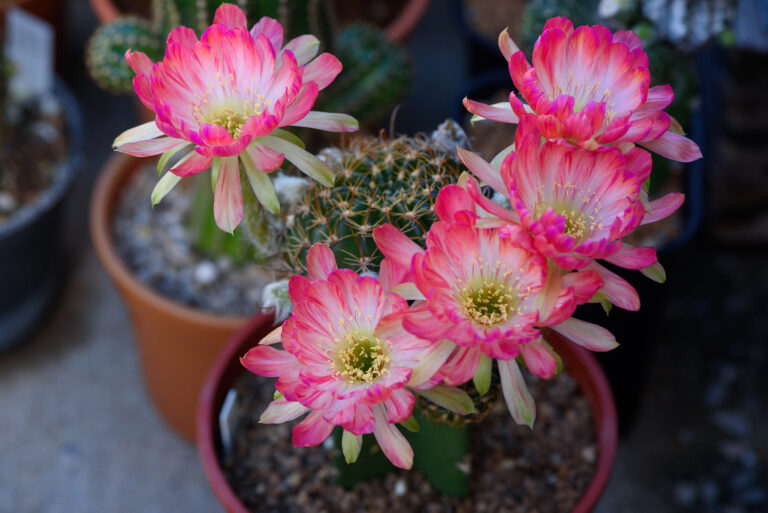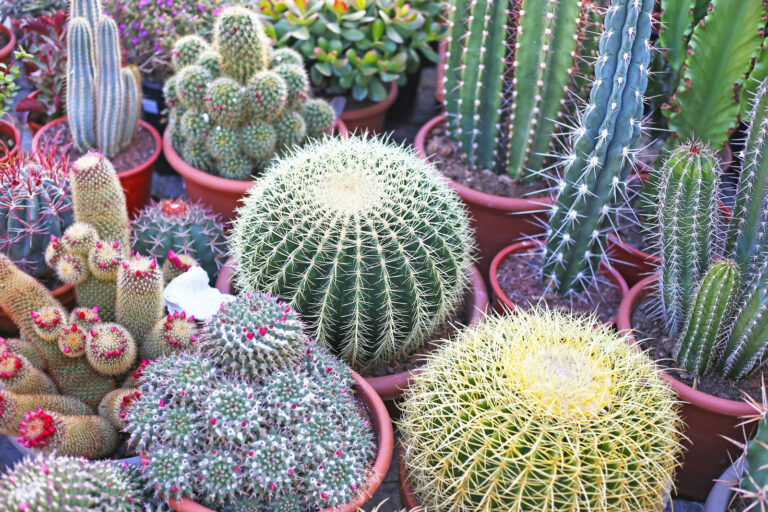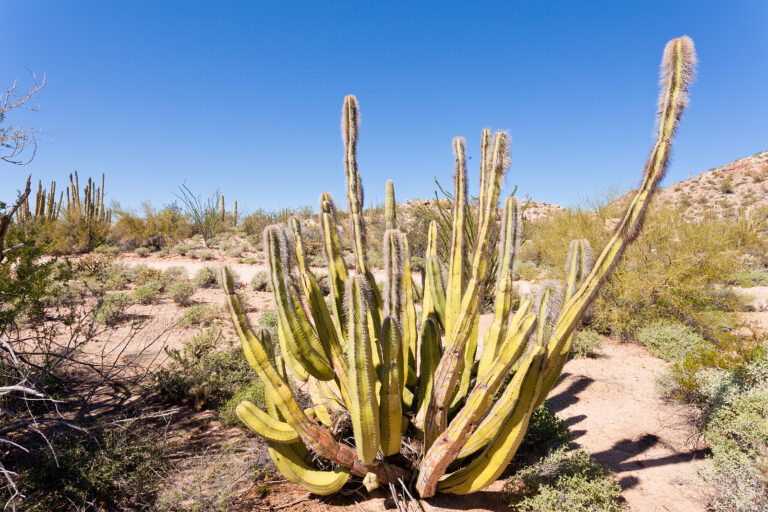How to Grow Echinocactus – Barrel Cactus
Echinocactus–commonly called barrel cactus–are free-flowering, barrel-type cacti with prominent ribs and heavy, colorful golden spination that nearly obscures the green color of the plant. Echinocactus bears flowers in a circle neat the crown of the plant.
Echinocactus are among the easiest cacti to cultivate. They have a tough exterior and can withstand full desert conditions. In winter, they prefer cool, dry conditions.
Echinocactus are rapid growers and will reach 24 to 36 inches (61 to 91 cm) if given room indoors. The Echinocactus genus includes dwarf cacti less than 5 inches (12cm) tall and large species that grow 6 to 10 feet tall outdoors.
Echinocactus can be grown indoors, but older specimens are more suited for the outdoors where they have ample room .
These barrel-shaped cacti usually are covered with golden spines, almost obscuring the green color of the plant itself. They are rapid growers and will reach 24 to 36 inches (61 to 91 cm) if given room. Yellow flowers appear only on large plants. The common house plant species is E. grusonii.
Get to know Echinocactus
- Plant type: Cacti, barrel cactus
- Hardiness temperature: 30℉ (-1.1℃)
- Optimal growing temperature: day, 68° to 72°F (20° to 22°C); night, 55° to 65°F (13° to 18°C).
- Shape and size: Globular cacti range from 5 inches wide to 36 inches (1m) wide; a few species can grow to 10 feet tall
- Flowers: Golden yellow flowers to 1.5 inches are borne from the crown of the plant.
- Bloom time: Summer
- Common name: Barrel cactus
- Genus name: Echinocactus
- Family name: Cactaceae
- Origin: Mexico and southwestern United States
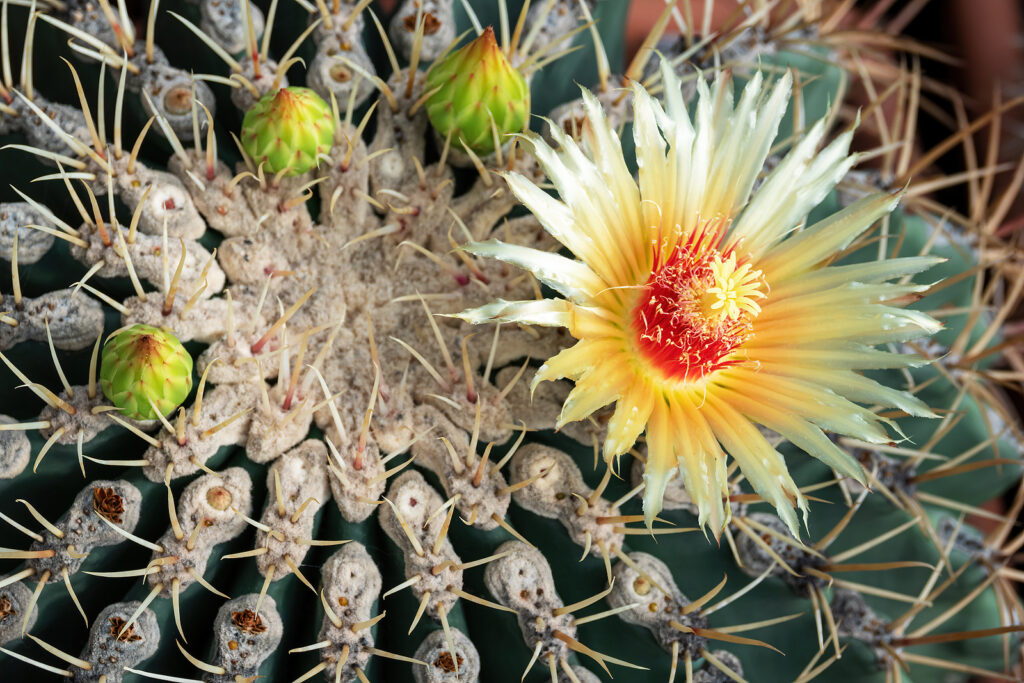
Planting Echinocactus
- Plant Echinocactus in average soil mixture.
- Plant Echinocactus in full sun.
- Indoors grow Echinocactus in bright, filtered sun from southern, southeastern, or eastern exposure. Fresh air circulation is important.
- Echinocactus can be grown indoors in bright light; it requires brigter light than the average houseplant.
- Echinocactus needs generous but infrequent waterings, particularly during the hottest part of the summer.
How to water and feed
- Give Echinocactus generous but infrequent water during the hottest part of summer.
- Let soil dry completely between thorough waterings. Overwatering causes plant to rot. Echinocactus prefers humidity of 20% to 25%.
- Feed Echinocactus every 6 weeks during growing season, with low-nitrogen, high-potassium fertilizer.
- Echinocactus does not need water during the winter dormancy period.
Echinocactus care
- Repot Echinocactus when plant crowds pot. Roots are very fragile, so work gently.
- Echinocactus prefers cool, dry conditions in winter.
- Propagate Echinocactus by seed in early summer. Echinocactus may not produce offshoots.
Echinocactus species to grow
- Echinocactus grandis. Large, globular shape—to 7 feet tall and 4 feet around. Straight yellowish brown spines with 1 to 2-inch-long yellow flowers.
- E. grusonli (golden barrel). Globular shape with sharp, dark yellow spines if grown in full sun; bright yellow flowers appear from a crown of yellow wool on mature plants; flowers need full sun to remain open for any length of time.
- E. horizonthalonius (eagle claws, mule crippler). Hard-to-find species is characterized by straight of recurved flattened spines and a silvery gray exterior; 3-inch-long pink flowers appear in spring and summer.
- E. ingens (Mexican giant barrel). Can grow to 3 feet across; straight brown spines; red-centered yellow flowers in summer.
- E. platyacanthus. Also know as E. palmeri. Heavily banded with purple rings when young (up to 4 inches wide).
- E. polycephalus. Flattened, curved, reddish gray spines; flowers are 3 inches long, usually bright yellow.



